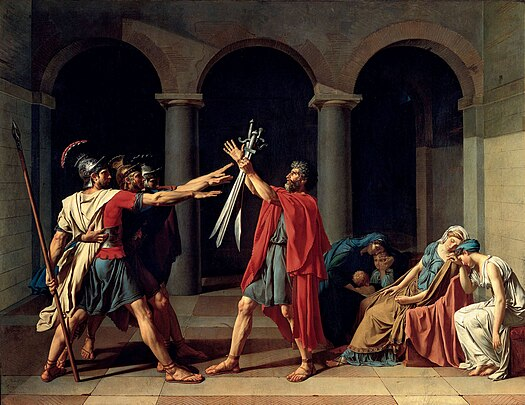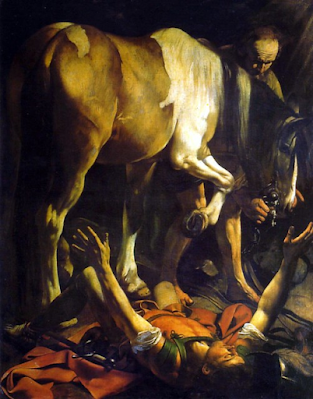Romantic Era Blog

Neo-Gothic Architecture vs. Art Nouveau Architecture Neo-Gothic Style St. Patrick's Cathedral (New York City, New York) Located in Manhattan, this cathedral took over twenty years to complete. The architect, James Renwick Jr., began work on the building in 1858. It was completed in 1879. This building is still used as a place of worship today. Hungarian Parliament Building (Budapest, Hungary) This massive building, overlooking the Danube River was designed by the Hungarian architect Imre Steindl. He began designing the building in 1885, but the building wasn't completed until 1902. The Hungarian legislature meets here. Art Elements: One component found in neo-gothic architecture is tall, pointed spires extending far past the rest of the building. In both of the above examples of this style, these spires look like very tall, narrow pyramids formed by two diagonal lines that meet at the top. From a distance, these spires just appear to be long vertica...

